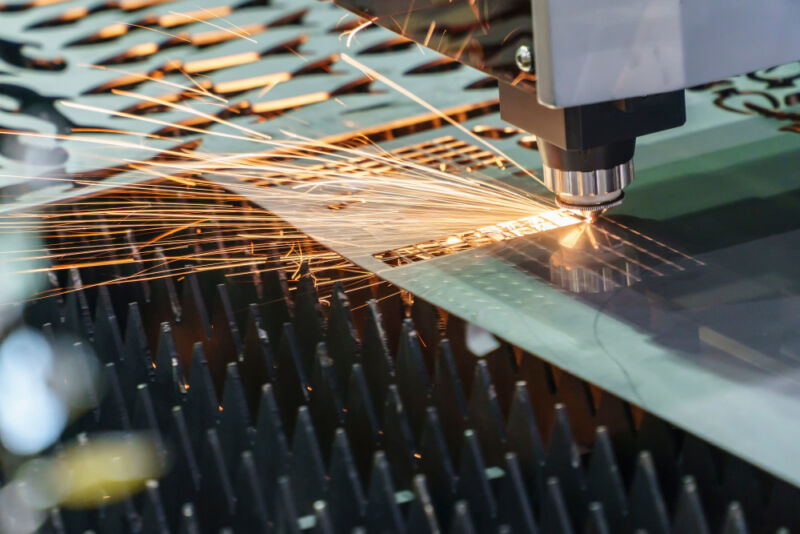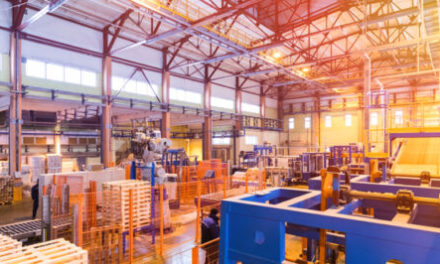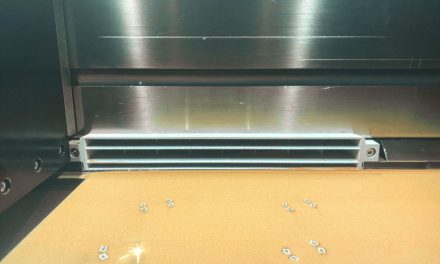Product development is often thought of as the process of bringing a new product to market, renewing an existing product, or introducing an exciting product to a new market. However, product development can extend beyond the creation of new physical products and encompass the improvement of processes.
In a manufacturing context, this involves optimizing and enhancing the methods, systems, and workflows used to design, produce, and deliver products. The rise of connectivity, artificial intelligence (AI) and sustainability is bringing about a new era of ‘smart’ product development.
Revolutionizing the Process
Smart product development is all about harnessing the latest technology, data and automation to optimize the product development lifecycle. Gone are the days when product development was a linear and isolated process. Today, it’s a collaborative and highly iterative journey, thanks to the integration of digital tools and technologies.
By using cutting-edge software and digital platforms, manufacturers can seamlessly connect all aspects of product development, from ideation and design to manufacturing and maintenance. This interconnected approach not only accelerates the time-to-market, but also enhances product quality and customization, which are essential in meeting the ever-changing demands of the market.
The Rise of the Digital Twin
Central to smart product development is the digital twin – a virtual replica of a physical product, complete with all its components and attributes. This digital representation is not just a static image, but a dynamic and real-time model that continuously evolves alongside its physical counterpart.
The digital twin allows for simulation, analysis, and optimization at every stage of product development. This allows manufacturers to detect and rectify issues before they occur in the physical world. It’s a powerful tool for predictive maintenance, performance optimization, and for training and testing, all in a risk-free virtual environment.
Integrating AI
As development timelines continue to shrink, design teams must work faster and smarter to develop and get their concepts to market. Consumers are also demanding future products prioritize sustainability, introducing new limitations in terms of material selection, repairability, and addressing end-of-life concerns. A perfect environment for AI.
AI is becoming integral to the design process and is increasingly being built-in to design tools. This means faster design iterations, reduced errors, and improved product quality. The integration of AI within design tools is allowing designers to express innovative ideas without being encumbered by repetitive and mundane tasks.
Multiple Advantages
The adoption of smart product development brings a multitude of advantages to manufacturers. Firstly, it reduces development costs by identifying potential flaws early in the design phase, minimizing expensive rework and recalls. Additionally, it promotes sustainability by helping to reduce waste and energy consumption through more efficient designs.
Furthermore, smart product development fosters innovation and customization, enabling manufacturers to respond quickly to market trends and customer demands. By embracing real-time data and analysis, companies can fine-tune their products for maximum performance and reliability, resulting in higher customer satisfaction.
Concerted Effort
While smart product development offers transformative benefits, they are not without challenges. Implementing these technologies requires significant investment in both software and skilled personnel. Companies must also address data security concerns, as these interconnected systems are susceptible to cyber threats. It is therefore crucial for HR managers to ensure the skills profile of the workforce matches the goals of the organization.
Smart product development requires innovative approaches to work, including not only R&D functions but extending beyond them as well. A successful smart product development program requires a concerted effort in change management. This means securing commitment and support from senior management, along with the establishment of a robust program management team.
Taking advantage of the latest market intelligence
The companies best placed to deal with the challenges and maximize the opportunities for smart development in these markets are those who are well prepared and take advantage of tactical industry intelligence, updated in real-time by industry experts, that provides the latest information from across the globe.
As well as identifying the different categories of products and grasping the different business strategies, they must also engage with the main areas of change, growth, and risks in the industry.
In addition, people responsible for employees’ professional development should use training services that lead to industry certifications and proof of expertise in the industry.
—000—
High-performing companies recognize their executives, sales, marketing, and service staff can be more effective when armed with up-to-date information about the challenges their clients face. Cambashi Industry Insights provides tactical industry intelligence from across the globe, updated in real-time by industry experts, including:
- latest trends and challenges, business drivers, products and services, and technology
- business strategies and initiatives
- key players and consumer perspectives
- industry terminology and metrics
- deeper knowledge across a variety of industry subjects.
For more information visit https://cambashi.com/our-services/industry-training/



